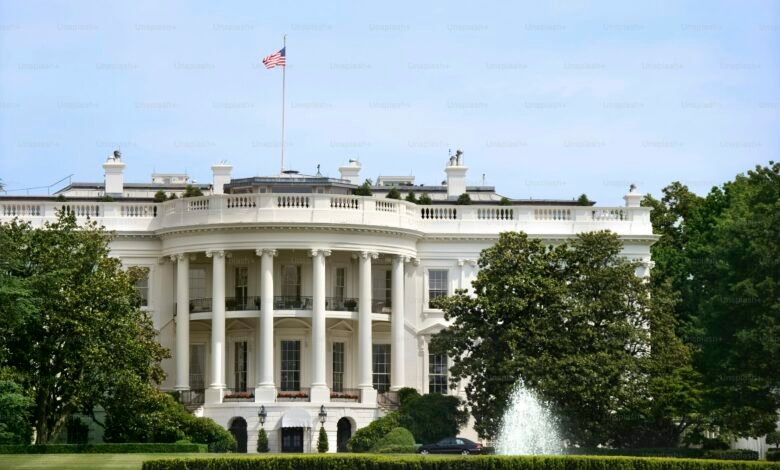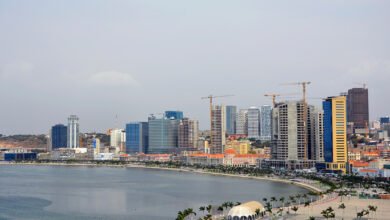
Developing nations face a severe liquidity crisis, putting unprecedented pressure on international financial institutions like the International Monetary Fund (IMF) and World Bank to assist countries in meeting surging debt repayments and bolstering investment.
Last week, the IMF and World Bank responded with a new three-pronged strategy to help address over $290 billion in foreign debt owed by the world’s poorest nations in the next three years, plus additional payments to domestic creditors.
Without swift intervention, analysts fear a wave of sovereign defaults could trigger severe economic disruptions, leaving governments crippled, citizens struggling, and investors bearing substantial losses.
“An ounce of prevention is worth a pound of cure,” remarked Samy Muaddi, head of emerging markets fixed income at T. Rowe Price, who stressed on the need for proactive measures in countries facing liquidity, not insolvency, challenges.
The looming debt crisis means that many developing nations are spending more of their limited revenues on debt service than on essential investments in infrastructure, healthcare, and climate resilience.
According to World Bank data, the world’s poorest countries will allocate roughly 50% of their revenue this year to service $185 billion in domestic and foreign debt, leaving fewer resources for critical development.
IMF and World Bank’s Three-Part Plan
To ease these financial strains, the joint IMF-World Bank proposal outlines three core actions:
- Domestic Reforms: Countries are encouraged to boost government revenue and improve public spending efficiency.
- Bilateral Aid: The plan calls for concessional funding from bilateral creditors.
- Multilateral Assistance: Multilateral lenders are urged to explore new measures like credit guarantees to reduce borrowing costs and ease debt burdens.
Also Read: Kenya Secures $606.1 Million Loan From IMF to Manage Debt
However, the US Treasury, a key IMF and World Bank stakeholder, has critiqued the plan as lacking in specificity and targeted support.
According to Bloomberg, sources familiar with discussions reveal that Washington would prefer a more structured approach, including clearer eligibility criteria for participating countries. While the IMF tends to favor customized solutions, led by each affected nation rather than by multilateral bodies, the US is pushing for a more streamlined framework.
Revisiting Debt Relief: Lessons from the Common Framework
The IMF and World Bank’s prior debt relief effort—the Common Framework—drew criticism from both creditors and debtors for slow and politically entangled processes, with some debt restructuring efforts dragging on for years.
The recent IMF plan may be discussed at the upcoming Group of 20 summit in Brazil, where world leaders could debate whether to endorse it as they did the Common Framework.
The US and France recently proposed a “Pathway for Sustainable Growth,” a multi-year reform document that calls on the IMF and World Bank to present actionable strategies for supporting struggling countries.
US Treasury Undersecretary Jay Shambaugh emphasized the IMF’s critical role as a “guide” for nations navigating the complex debt landscape. He underscored the need for clearer tools and support to help countries manage liquidity challenges effectively.
The Group of Seven (G7), comprising the world’s wealthiest nations, has also issued a statement urging the IMF and World Bank to refine their proposal with a “country-owned, reform-oriented, multidimensional approach.”
With the crisis intensifying, the IMF and World Bank will need to walk a fine line, balancing US-led calls for rigor and structure with the needs of vulnerable nations seeking flexible, timely support.






I am extremely impressed together with your writing skills as neatly as with the structure in your weblog. Is this a paid subject or did you customize it your self? Anyway keep up the nice high quality writing, it is rare to look a great weblog like this one nowadays!